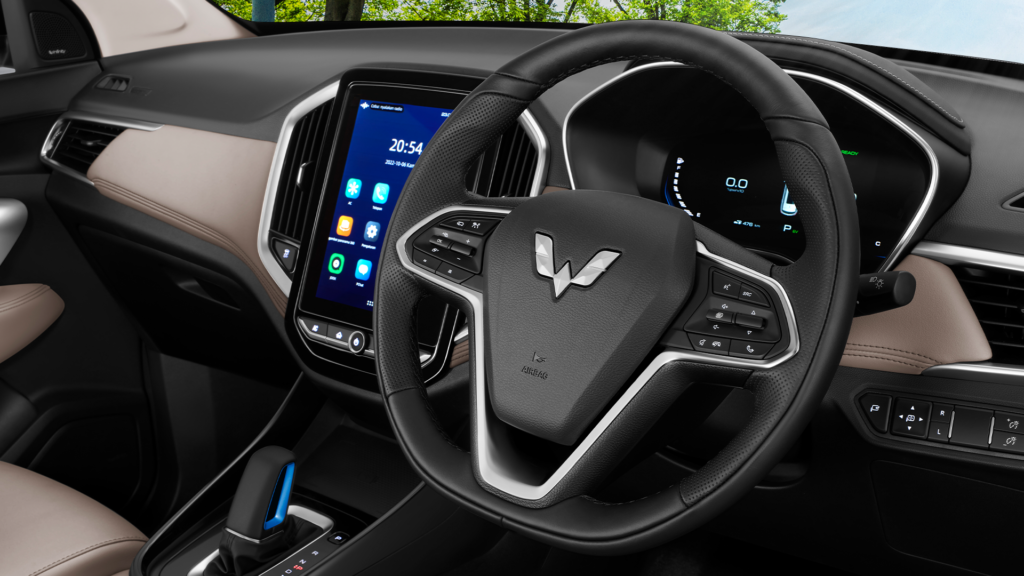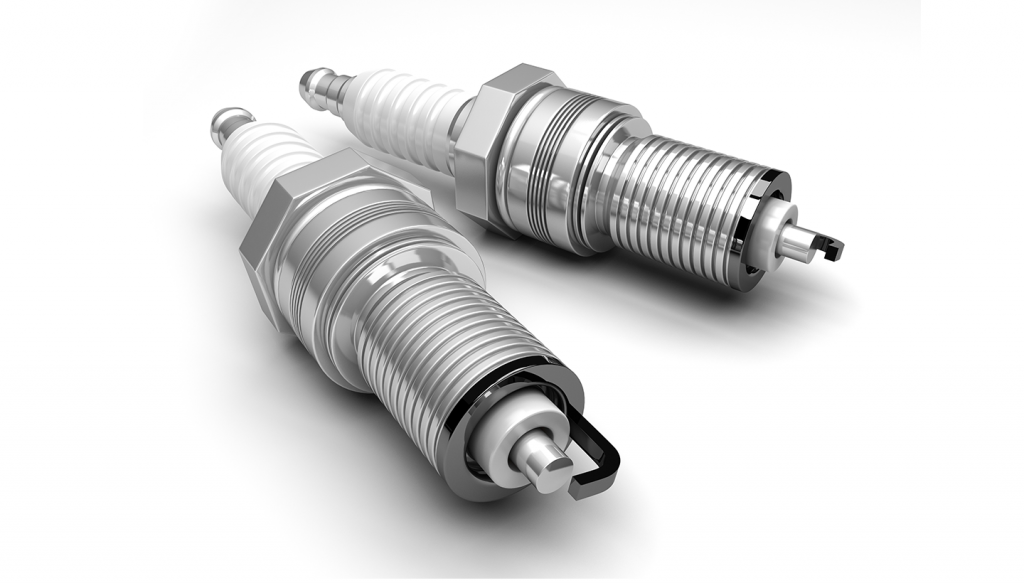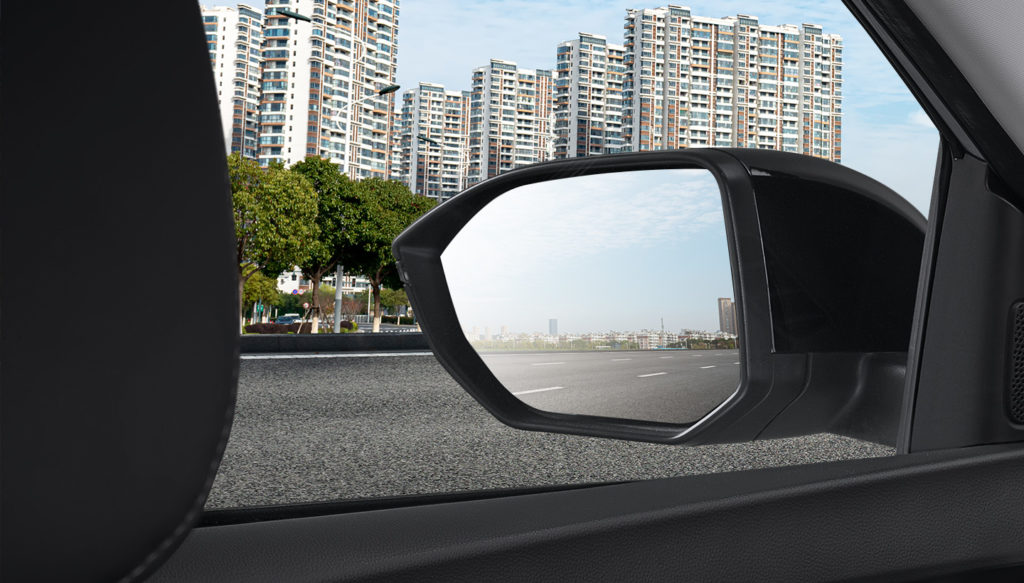
Experiencing a heavy pull when driving your car can be a disruptive and uncomfortable experience. When your vehicle fails to respond effectively and the acceleration feels sluggish, several factors may contribute to this problem.
Similar to the traffic situation in Jakarta, congestion is one of the factors that affects the heaviness of a vehicle's pull. Due to the infrequency of reaching speeds of 80 km/h, carbon buildup fails to burn off and affects the vehicle's pulling power. When the vehicle's pulling power is compromised in this manner, it often results in reduced overall performance.
In reality, there are numerous factors that can cause a heavy pull or loss of power in a car. By understanding these underlying causes, you can identify issues and take the appropriate steps to maintain optimal performance for your vehicle.
1. Constraints on AC Circulation
If you experience a heavy pull on the car when the AC is turned on, it is likely that the AC compressor is running heavily. The engine power feels reduced, and it seems like the AC has significantly drained its power.
Usually, there could be a blockage in the condenser or the cooling and drying system. In addition, an increase in the load on the AC compressor can also be caused by a decrease in the lubricating oil performance of the compressor. To overcome this issue, check the AC system path. Then, regularly replace the compressor oil to ensure that the compressor rotation remains light, just like when it was new.
2. Accumulation of Carbon in the Combustion Chamber
To enhance the performance of the car engine, it is recommended to warm up the engine before use. However, if the warming-up process is carried out for a considerable amount of time, it will cause a thick accumulation of carbon on the electrode tip, resulting in a heavy pull on the car.
Baca Juga
When stuck in traffic congestion, drivers tend to drive the car at low engine speeds. This condition contributes to carbon buildup. To address this, it is occasionally advised to drive the car at high speeds, such as on toll roads, to eliminate the carbon accumulation.
3. Worn Clutch Pads
One of the reasons why a car feels heavy during acceleration is due to the wear and thinning of the clutch pads. This is caused by the reduced thickness of the clutch pads, resulting in a decrease in their gripping power on the flywheel.
In the case of cars with manual transmissions, insufficient gripping power creates a potential gap that can cause slipping and make the gas pedal feel heavy.
Apart from the heavy acceleration, another symptom that can be felt is vibration when the car is in motion, making the driver feel uncomfortable. To solve this problem, simply replace the clutch pads to prevent the damage from spreading to other components of the car, such as the flywheel and pressure plate.
4. Excessive Brake Grip
As mentioned earlier, excessive brake grip adjustment can be a factor that prevents the car from moving or even makes it feel heavy. Typically, this problem occurs in cars with drum brakes. The solution is relatively simple, which is to readjust the grip force of the drum brakes.
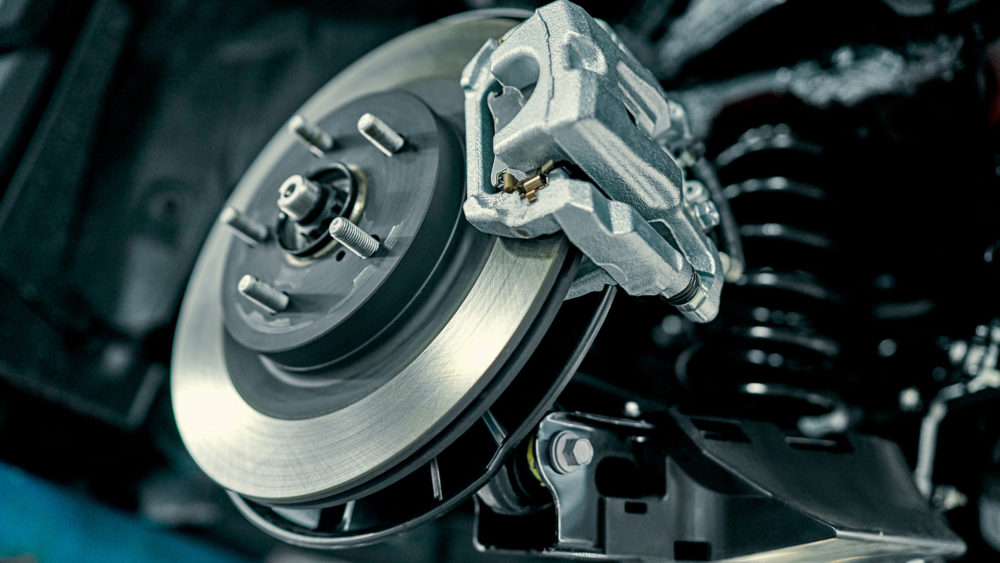
5. Insufficient Lubrication on Wheel Bearings
Baca Juga
Wheel bearings are components located on the wheel axle that serve as the wheel's support with the steering knuckle. As bearings, wheel bearings require adequate lubrication. If the lubricant on the wheel bearings is insufficient, the gas pedal will feel heavy.
In addition to causing heavy pulling in automatic cars, the lack of lubrication on wheel bearings also leads to uncomfortable noise when the vehicle is in motion because the wheel bearings struggle to assist with wheel rotation. To solve this problem, simply apply lubricant to the wheel bearings. However, if there are cracks in the wheel bearings, it is advisable to replace them with new ones.
6. Catalytic Converter Blockage
The working principle of a catalytic converter is to absorb exhaust gases produced by the engine and convert them into environmentally friendly gases before releasing them through the exhaust pipe. To ensure its optimal performance and prevent blockage, the catalytic converter needs regular cleaning or servicing.
If this component experiences blockage, the vehicle will have heavy pulling, and you will face difficulties when pressing the gas pedal. This is caused by pollutant gases absorbing the catalyst, which gradually forms a layer of crust. If the crust continues to accumulate without ever being cleaned, the catalytic channel will become blocked.
This blockage prevents the engine from reaching its maximum rotation. As a result, the vehicle experiences heavy pulling, and the gas pedal feels heavy. The solution is to regularly clean or replace the catalytic converter, if necessary, when it can no longer be used.
7. Turbo Vane Blockage
In a diesel engine, there is a component called a turbo that functions to increase the torque and power of the vehicle's engine. Within it, there is a component called a turbo vane that is responsible for maintaining the valve that regulates the additional pressure from the turbo to operate smoothly.
However, problems arise when the valve becomes stuck in a closed position, causing the airflow that should enter the engine to become difficult and obstructed. As a result, the vehicle's engine experiences difficulty reaching its maximum RPM even when the accelerator pedal has been fully pressed. To address this issue, it is recommended to have your car serviced at an authorized workshop.
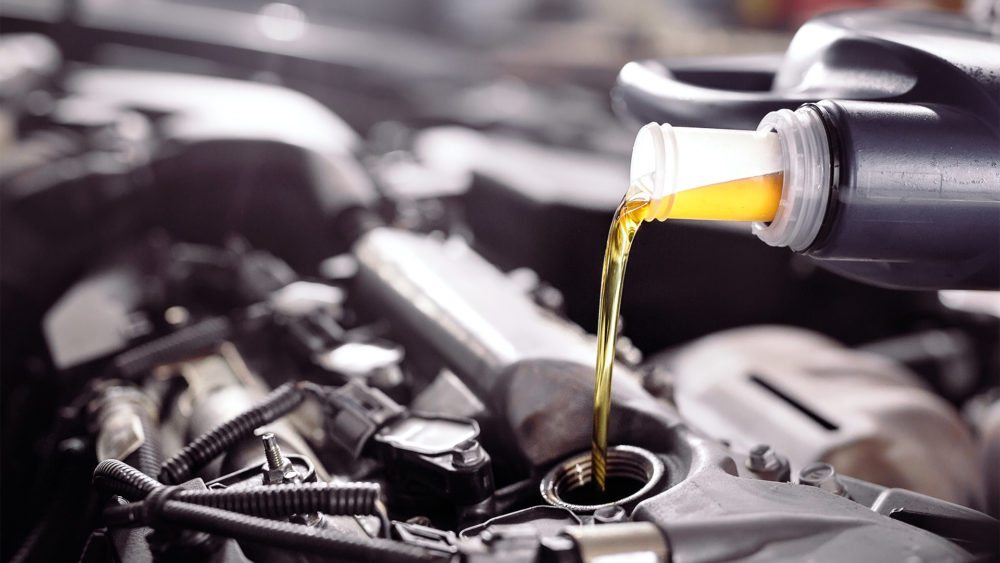
8. Mistakes in Choosing Engine Oil
As a car owner, you only need to change the oil according to its recommended usage limits. Using oil that is too thick will hinder the engine's movement, resulting in sluggish acceleration. On the other hand, using oil that is too thin will reduce optimal engine lubrication.
If you look at the oil bottle, you will find an SAE (Society of Automotive Engineers) code on the label. The viscosity rating of the oil is usually indicated by numbers such as 10W-10, 20W-20, 30W-30, 40W-40, and so on. The smaller the engine oil code, the thinner its texture.
By recognizing the factors mentioned above, you can take appropriate action to address the issue of sluggish vehicle acceleration and maintain the optimal performance of your car. Be sure to perform regular maintenance and periodic car servicing to ensure good performance and driving comfort.
SHARE:













